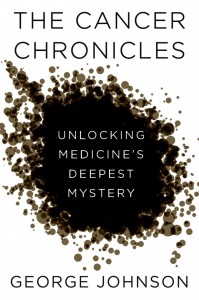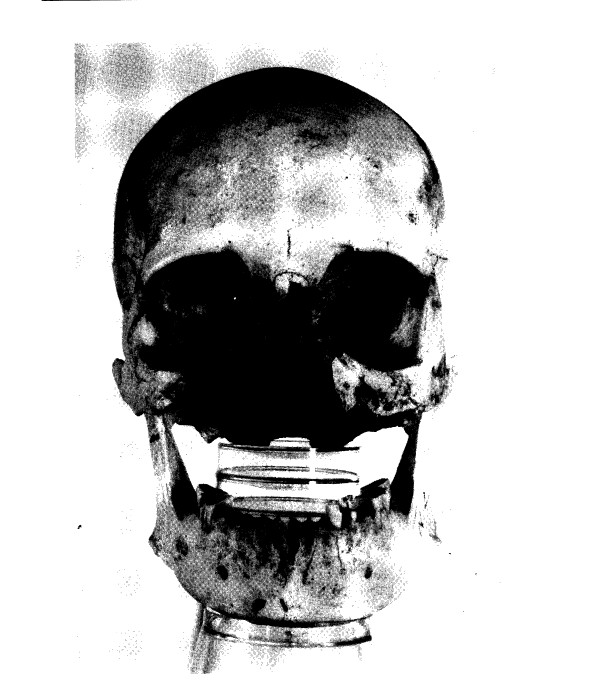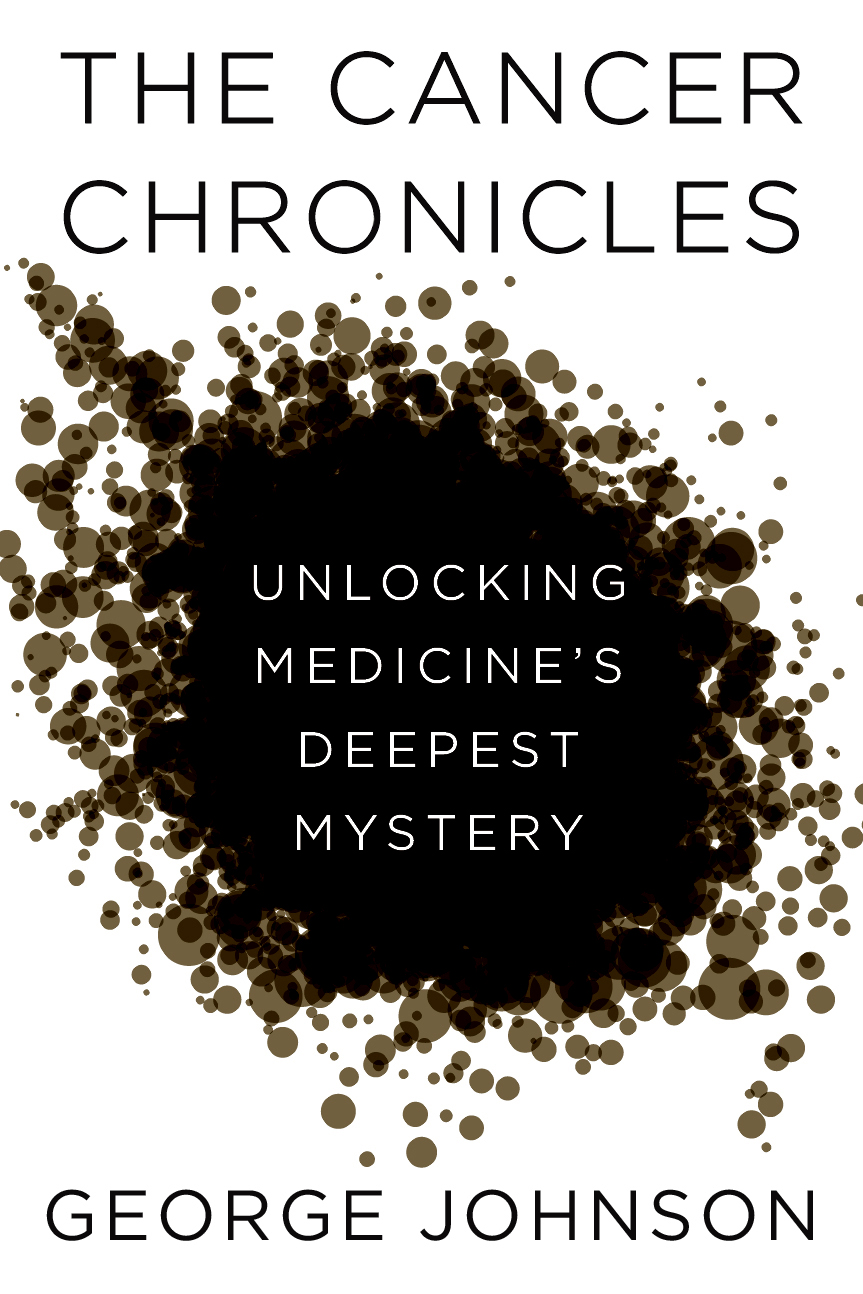At the annual meetings of the American Association for Cancer Research, what you notice right away is how every PowerPoint presentation begins with an obligatory conflict-of-interest disclosure slide. Many university researchers, including Nobel prizewinners, consult for pharmaceutical corporations and some even have their own startups. If they can develop a new targeted cancer treatment that staves off death a few months longer, their company might be snapped up by Genentech. The financial stakes are as high as anything in Silicon Valley.
At the AACR meeting I sat through last year, the disclosure requirement often met with resentment, and in The Cancer Chronicles (which is now in the editorial pipeline for publication next year) I describe how some of the speakers expressed their displeasure. A few proudly declared, to a round of applause, that they had no conflicts. They were scientists not businessmen. Others recited their disclosures so quickly that you could barely catch a word. I was reminded of television car commercials where the announcer, in a chipmunk voice, speeds through the warranty disclaimers.
Some took a loftier approach. In the opening plenary session, a prominent researcher from Dana-Farber simply said that she had lost her slide and then proceeded with a fascinating presentation on sequencing the cancer genome. Her name was Lynda Chin, and I had all but forgotten the incident until a controversy arose earlier this year over an $18 million grant. By this time her husband and business partner, Ronald DePinho, had become president of the M.D. Anderson Cancer Treatment Center, and he had come under suspicion after the speedy approval of the grant to a group led by Dr. Chin. The money was awarded by the Cancer Prevention and Research Institute of Texas, whose chief scientific officer resigned in protest. Since then a number of other prominent scientists have followed him out the door complaining that the integrity of the grant process has been undermined by favoritism, politics, and commercialization.
When the issue first arose, husband and wife defended themselves in an interview with Nature. A day later Dr. DePinho was at the center of another controversy following reports that he had enthusiastically described the couple’s company, Aveo Oncology, on a CNBC stock market show called “Closing Bell with Maria Bartiromo.” When confronted Dr. DePinho apologized: “I am a public official in a position of trust, and I should never comment on any of my personal holdings or give investment advice . . . It was a mistake for me to do so on the CNBC interview.”
Since then AVEO’s stock has not done so well. Starting the year at around $17 a share it has dropped to less than half that. According to The Cancer Letter, Dr. DePinho and his family trust hold nearly 600,000 shares, which still comes to almost $5 million.
When my wife (now former wife) was diagnosed with a Stage 4 metastatic cancer, we made the customary pilgrimage to M.D. Anderson. It is an impressive place with some of the best doctors and researchers in the world. Many are tireless in their dedication to seek better treatments. What hadn’t occurred to us, however, was just how much money a few of them stand to make.



